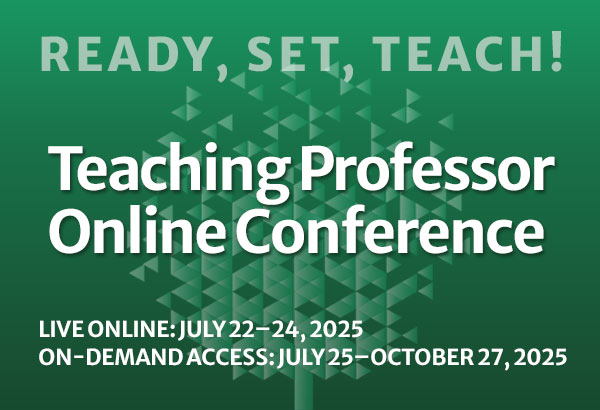Writing Online Course Objectives
Clearly written goals and objectives serve several important functions in an online course. They provide students a “successful pathway to learning,” indicate to the instructor teaching points to hit when teaching the course, and suggest appropriate teaching and assessment methods, says Sandra Bennett, instructional designer



